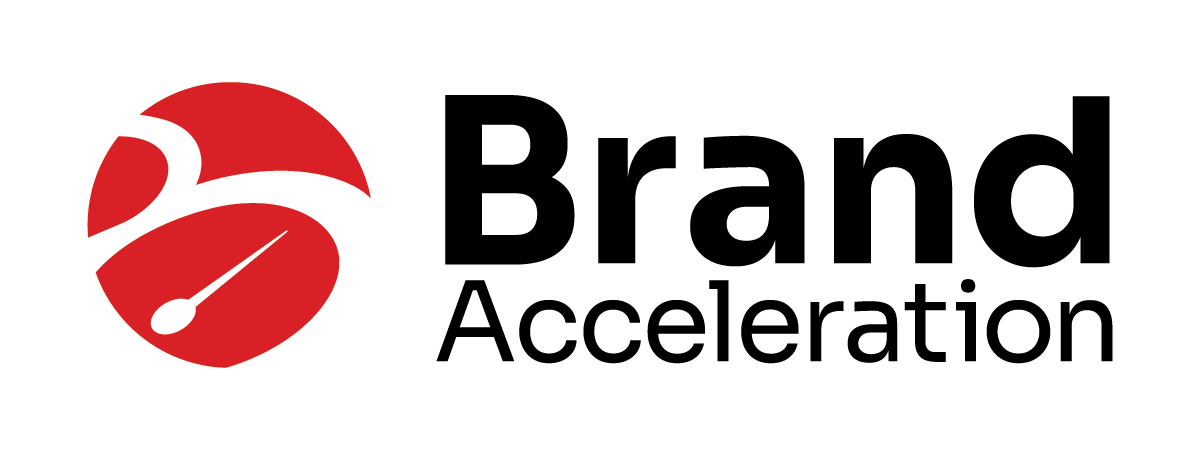
By Jim Walton, CEO, Brand Acceleration, Inc.
Over our many years of attending economic development conferences and events, we started to find many of them somewhat uninspired. They had the same speakers giving the same advice on the same topics we’d heard a thousand times before. But we found that attendance stayed strong despite many other attendees sharing our frustrations. It almost didn’t matter what the educational content was because we’d all show up anyway out of expectation and habit. Then came COVID-19 and conference attendance was no longer routine. As associations scrambled to modify their content to an online medium, we were suddenly forced to be more selective about how we spent our money and time. This will change the face of conferences forever.
And that’s a good thing.
It’s common knowledge that people attend association events for two reasons: education and networking. Whether it’s for certification attainment or a genuine desire for betterment (or both), attending education sessions gives economic development professionals an opportunity to learn from a whole host of industry experts. And networking sessions allow them to meet those industry experts as well as other practitioners to share experiences and grow their professional networks. The success of a conference relies on a balance of these two things. We’ve always seemed willing to forgive lackluster education if the networking is good and vice versa.
However, the pandemic almost entirely removed the networking component of events and associations members were relying entirely on the education component. Unfortunately, this shed a light on just how lackluster some of the education was without the networking to balance it out. This forced many associations to pivot their content to meet changing demand.
By shifting to online education sessions, associations were able to provide more specialized topics. Instead of having to appeal to an entire conference’s worth of attendees with high-level content, they could offer more specific content to smaller audiences. We saw this in the form of webinars focused on various geographic regions, community size, target industries, etc. This gave members an opportunity to attend the sessions that were right for them. It also allowed for a more diverse speaker pool. Instead of hiring the same person they hired half a dozen times before, associations seemed more willing to engage with new speakers and bring fresh perspectives to their members. Finally, the more relaxed nature of attending conferences from our living room put more pressure on speakers to really bring their A game. They no longer had your attention by simply being on the stage. With all the distractions that come with being at home, speakers had to truly work to keep you focused. They brought us a level of content that we may not have seen otherwise.
The key moving forward is to not go back to what we had before. We, as members, sponsors, and conference attendees, must continue to demand high-quality education from our associations. Despite the vaccine rollout and lessening of restrictions, there are still many people who will be hesitant to attend in-person events. This will force associations to make a strong case to convince people to show up. People won’t come for the same old same old anymore. Conference attendance was a tradition. Now, the rules have changed. To get people to sign up and to attend, the bait had better look very good. Successful associations will be the ones that put together a killer program that makes prospective attendees and sponsors say “Wow, I have to be there for this one!”
As an attendee, what would you like to see from conferences in a post-pandemic world?
